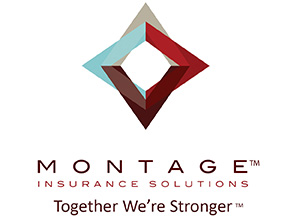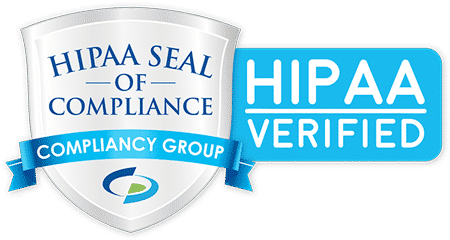

By Tobias Kennedy
The New Year has a tendency to bring new regulations and the dawning of 2020 will be no exception. Today, we will highlight a couple new varieties of “HRA” that will be entering the benefits fold this coming January 1st. Broadly speaking, an HRA is an account/arrangement that offers some positive tax treatment, and employers have tended to leverage these (when it makes sense for them) as a means of (a) assisting employees with their health care costs while (b) having a helpful tool for navigating overall taxable liability. HRAs themselves are not really a new thing, but there are a couple new variations coming soon, so here’s the scoop on the new guys…
Individual Coverage HRA (ICHRA)
First and foremost the ICHRA is designed for employers that either do not have a group medical plan or, (probably more likely), have certain classes of their population who are not offered the group coverage.
If this describes you, then the ICHRA may be a useful tool for you to finally assist those employees for whom you’ve historically been unable to extend coverage. ICHRAs are used to pay individual medical insurance premiums (individual….so, again, not your group plan), or Medicare premiums, and some out-of-pocket costs. So, if you have employees who are not offered group coverage at work, and buy an individual policy (either on or off the Exchange, or Medicare) you can now have them set up with an ICHRA where the employer sets aside funds to help the employee pay for that expense. The IRS does stipulate that Employers who choose to offer an ICHRA must do so uniformly for all employees in a class.
Excepted Benefit HRA (EBHRA)
The second type of new HRA that will be allowed in 2020 is the EBHRA. Whereas the ICHRA targeted employees that were not offered the group’s health insurance, the EBHRA is specifically designed only for those employees New HRAs Coming in 2020 that are offered the employer’s health insurance coverage—so this new HRA serves a totally different population of your staff. This HRA allows an employer to set aside money to help employees pay for things like medical co-pays, deductibles and non-covered expenses, and even to go towards premiums for “excepted benefits” like dental and vision. So, while it cannot go towards medical premiums, the money can help employees cover utilization cost shares on the medical (co-pays, deductibles etc.) and, again, it can go towards premiums of non-medical products (like dental and vision).
The quirky thing about this version of the HRA that Employers really need to note is #1 it must be offered to all “similarly situated employees” and (here comes the curve ball) #2 employees may use these EBHRA dollars even if they do not enroll in the group’s health plan. In other words, if an employer decides to offer this type of an account, then they should offer it to all benefits eligible employees, and understand that folks who waived the coverage in favor of a spouse plan (or individual product) can still access the allotted funds to cover their costs on the separate policy they have. Employers can contribute a maximum of $1,800 per plan year to an Excepted Benefit HRA. This limit is indexed for inflation, and also do note, that the $1,800 limit does not include carryover amounts—so, in theory, participants could have more than $1,800 available to them during a plan year. As with every January 1st new things are coming down the pike and if you have any questions on these or any other benefits, please don’t hesitate to reach out!
Employers can contribute a maximum of $1,800 per plan year to an Excepted Benefit HRA. This limit is indexed for inflation, and also do note, that the $1,800 limit does not include carryover amounts—so, in theory, participants could have more than $1,800 available to them during a plan year. As with every January 1st new things are coming down the pike and if you have any questions on these or any other benefits, please don’t hesitate to reach out!


